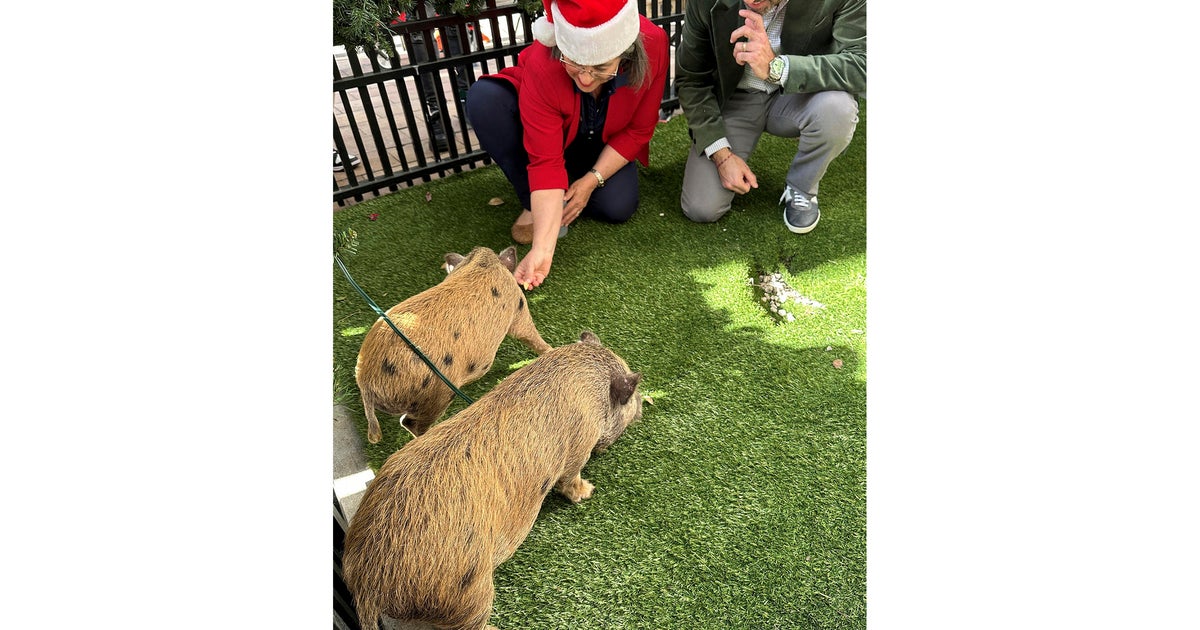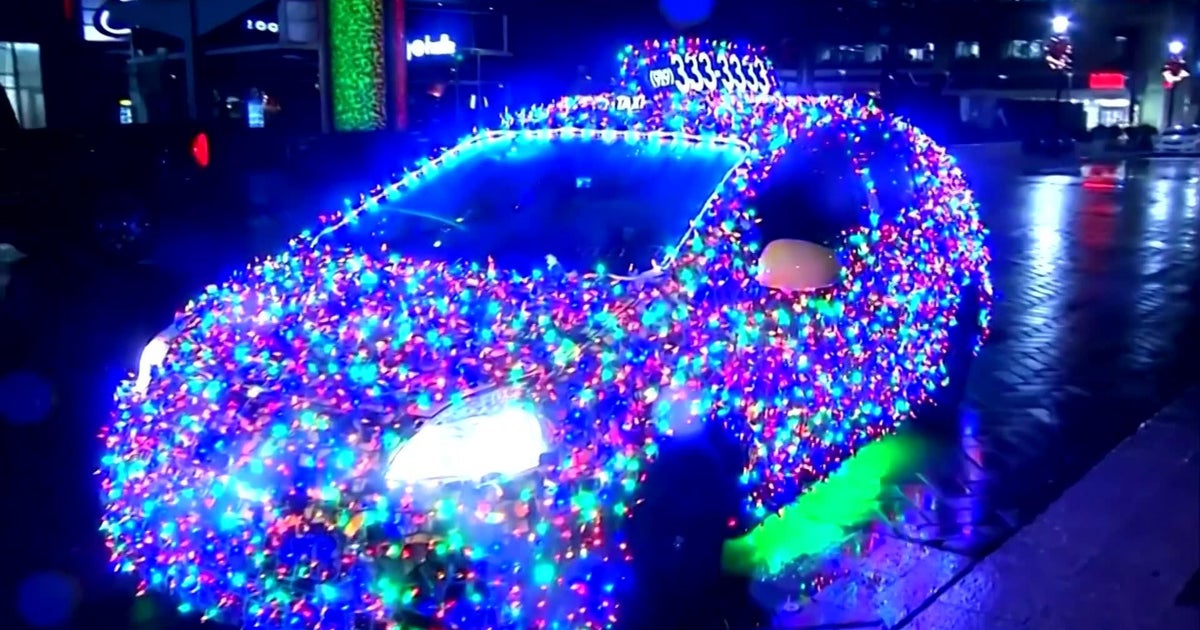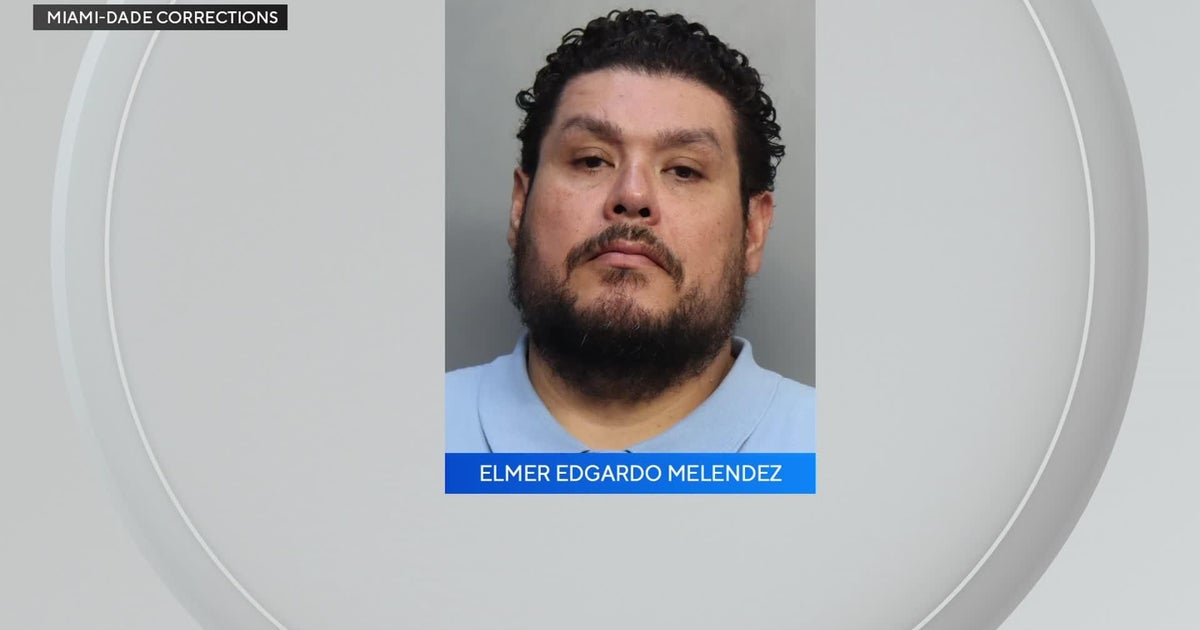Millions of Americans speak Spanglish. This expert says that's a superpower
MIAMI -- When José Medina was a kid growing up in Texas, teachers stopped him from speaking Spanish in their classrooms. And his parents stopped him from speaking English at home.
Medina never felt like he belonged. But years later, when he became a teacher himself, Medina says he unwittingly started doing the same thing.
"I used to be the teacher that said to kids, 'That's not the way that you say it.' No se dice así. Because that's what I was taught," Medina told CNN in a recent interview.
Medina says he'd correct the way students and even members of his family spoke English or Spanish, and he'd stop them from blending the two languages.
Now, the 52-year-old educational consultant and language researcher is trying to teach others to use a different approach. He's working with school districts across the country to create and grow dual language programs that value home languages just as much as English. And he's gotten millions of views and likes on TikTok, and more than 131,000 followers on the platform, by sharing a message he wishes he'd heard decades ago.
"Speaking Spanglish is a superpower," Medina says. And it's one he says hasn't gotten the attention it deserves, inside or outside the classroom.
"It's something we need to embrace rather than be afraid of," he says.
Why he sees Spanglish as a strength
Medina says there are three ways Spanglish is spoken:
• Alternating between English and Spanish in a sentence.
• Using or creating words that mix Spanish and English, such as saying troca (combining the English word truck with a Spanish ending) or planching (combining the Spanish word planchar, which means to iron, with an English ending).
• Applying the syntax from one language to the other, such as saying, "The car red is driving down the street." (In Spanish adjectives generally come after nouns).
Some of Medina's most popular TikToks celebrate examples of these combinations.
"If you hear someone speaking in Spanglish, don't hate! Be envious – but in a good way," Medina says in one TikTok, arguing that "multilingual people who speak in Spanglish are functioning at high levels of cognitive thinking" as they mix and match words "from their full linguistic repertoire."
"Spanglish is not just a haphazard situation where someone is just mixing the two languages. There's rhyme and reason and pattern. … It's a skill," Medina told CNN.
Since Medina posted his first video about Spanglish in May 2020, it's been viewed more than 1.3 million times and garnered more than 300,000 likes on the platform. And he's continued to share his thoughts on the topic in numerous posts.
He shares his own experience as what he calls a "linguistic oppressor in recovery," noting that teachers at school and parents at home are – like he once did – often unintentionally getting in the way of kids' potential to learn and grow when they tell them to stop speaking Spanglish.
For years, Medina has been a prominent voice in bilingual education. His DC-area consulting company, Dr. José Medina Educational Solutions, advises school districts across the country. He's the coauthor of widely used guidelines, he's a researcher and he trains teachers, too. But he says the TikTok videos he started making on a whim as a pandemic pastime have given him a chance to reach an even wider audience.
"I have so many families and children that will reach out to me and say, 'Thank you – thank you for being yourself. Thank you for elevating Spanglish. Thank you for making me understand that a lot of this is not my doing,'" Medina says.
Another expert calls Spanglish 'the fastest growing hybrid language in the world'
Medina isn't the only expert making a case for Spanglish.
Ilan Stavans, a professor at Amherst College, has been pushing for greater recognition of the phenomenon's import for years.
Stavans says it's impossible to know exactly how many people speak Spanglish, but there's no doubt millions in the US are regularly conversing in what he calls "the fastest growing hybrid language in the world."
Stavans, author of the 2003 book "Spanglish: The Making of a New American Language" and Spanglish translations of several literary classics, such as "Alicia's Aventuras en Wonderlandia," says decades ago many reacted with surprise and anger when they learned about his work.
Now, he says, Spanglish is a much better understood and accepted part of American life.
But that's not to say it doesn't still have its critics.
"It's very controversial," Stavans says, noting that his work on Spanglish has drawn opposition from some who think its use undermines English and Spanish.
"But in spite of all those oppositional voices, Spanglish continues to develop quite fast," Stavans says.
Stavans traces the origins of Spanglish back "at least 150 years," to the days after the Mexican-American War ended and vast swaths of Mexico became part of the United States. Now there are more Spanish speakers living in the United States than in Spain. By 2050, there could be more Spanish speakers in the United States than in any other country in the world. And with each new Spanish-speaking immigrant group that arrives in the United States, and each new generation's exploration of their identity, Stavans says, Spanglish continues and evolves.
"It's here to stay," Stavans says.
A memory of his teacher laughing still haunts him
But despite the deep roots of Spanglish in the United States, Medina says its use was frowned upon when he was growing up in El Paso, Texas, and he struggled to fit in.
"My Spanish was never good enough for those in Mexico, but my English was never good enough for those here," he says.
In elementary school, he wasn't allowed to speak Spanish, the language he spoke with his Mexico-born parents at home, and his first-grade teacher even changed his name – without asking – from José to Joe.
He still remembers how humiliating that felt.
And he'll never forget the way she laughed at him one day when he admitted he didn't know a word in a book she'd just read to the class: napkin.
Even now, decades later, those memories sting – and they've stuck with him.
He shares them in a children's book about his life that some schools now use in dual education programs. In the illustrated book of poems, he describes his journey from being ridiculed in school to eventually becoming a school principal serving many students who were English learners like him.
And he describes the message he told students on his first day as principal in a Texas elementary school: No matter what language they speak, "they are welcomed and loved."
Many things have changed since his days as a student. But Medina fears in some US classrooms, children are still being crushed, just as he was in first grade, and he's doing everything he can to stop that from happening.
"We're hurting kids when we don't actually leverage everything that they bring into the classroom" he says.
And TikTok is just one of the tools he's using to push for change.
Teachers are listening to his message, too
Medina looks at a grid of nodding faces on his computer screen.
He's just explained a key part of today's lesson on Zoom to a group of teachers from the San Elizario Independent School District outside El Paso.
His focus for this training session: the way students select the words they need from all the words they know in any language based on context.
Medina says he had a "lightbulb moment" years ago when he first learned about this concept, known as "translanguaging," from a leading language researcher at the City University of New York.
That research, he says, led him to realize all the times he'd been a "linguistic oppressor."
"For a long time, we really were under the misunderstanding that somehow I had like a monolingual person who speaks Spanish inside my mind next to a monolingual person that speaks English, and the two shall never meet," Medina says.
But today, Medina reminds the teachers from San Elizario that the language bubble inside a student's mind contains a mixture of words they can draw from – from academic language often preferred in school settings to social language used to talk with friends.
"We have Spanglish all over that bubble. And it is alive and ever-changing. And one language never begins, and the other never ends," Medina says. "It's only schools that have taught us to separate language, because we're so English-centered in the United States."
What he tells teachers to do when students use Spanglish
So what should teachers do if a student says a word in Spanglish, or other languages they've learned to speak outside the classroom?
Support them, Medina says, by listening to what they're saying and using it as a jumping off point to explore and explain how to say the same thing in other ways.
"The Spanglish word doesn't have to be spit on or eradicated in order for that to happen. … It doesn't mean that we don't teach kids to navigate different registers," he says. "It just means that we don't have to destroy the language of the home and the community in order to do that."
Susana Frescas, San Elizario's instructional programs administrator, says that philosophy has resonated with teachers in her district – and she's seen how much it helps students in the classroom.
"It's just about respecting and validating. … It's not about, 'no, it's not said like that,' where the kids are afraid to even speak," she says. "It's a kinder, gentler way."
He sees his first-grade photo as a reminder
As Medina continues his efforts to spread his message, he keeps his first-grade class photo in the signature of every email he sends, and puts it on the first slide of every presentation he makes.
To Medina, that picture of a little boy with a bowl haircut is a reminder of the trauma he suffered as a young student and how far he's come. It's also a reminder of how far the education system still has to go to make sure children are supported and encouraged to be who they are.
In his TikTok videos, Medina provides commentary in English and Spanish. Sometimes he sprinkles in words from other languages, too.
But Spanglish, he says, is the language of his heart. And now, he's proud to speak it.



